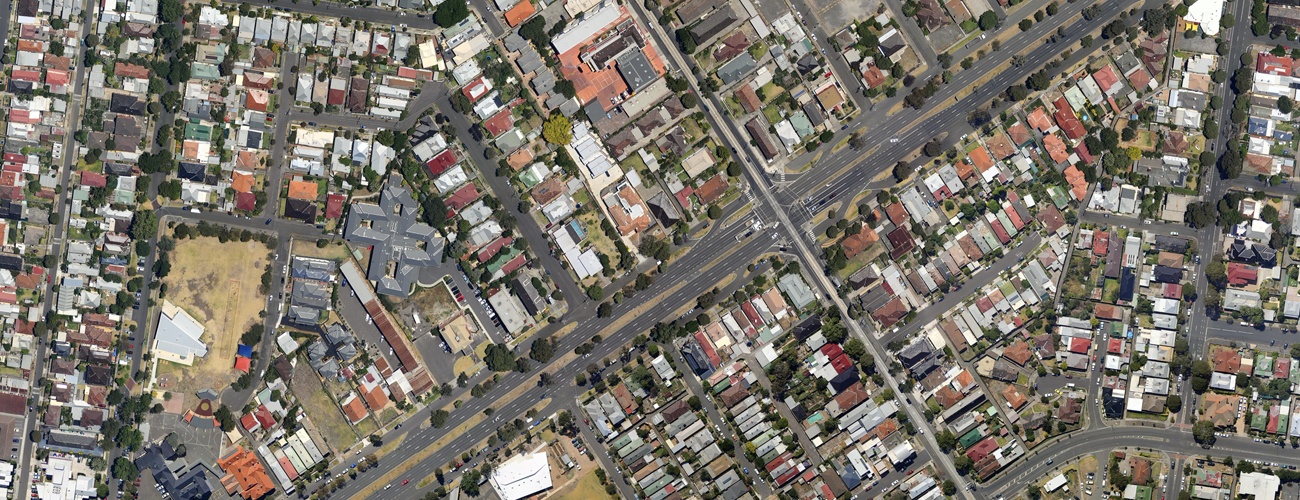The sections below give important information about the VERSION 9.1 UPDATE program.
Download this page: PDF - 105 KB
Last Revised: 24 Nov 2022
Left-Hand Traffic | Metric
This program has been prepared according to driving on the left-hand side of the road and using Metric units for countries such as Australia, New Zealand, South Africa, Malaysia, Singapore, India and UK.
Session 1
Topic 1: Output by Movement Class
- How to choose the Movement Classes (Light Vehicles, Heavy Vehicles, Buses, Bicycles, Large Trucks, Light Rail / Trams and user-defined Movement Classes) and the performance statistics (degree of saturation, delay, travel time, stop rate, cost, emissions, etc.) to be included in output reports and displays by Movement Class.
- Example muva1
Topic 2: User Reports, PDF Output, Customising Output
- How to define User Report Templates, use the PDF Output function, and Customise output reports and displays.
- Example muva2
Topic 3: Differences in Results between Versions 9.1 and 9.0
- Versions 9.1 and 9.0 have the same project file format (sip 9) but there may be significant differences in results. The reasons for this include the updated congestion term in performance functions. Additional input parameters including the Extra Midblock Delay parameter.
Q & A
Session 2
Topic 4: Network Layout and Roundabout Layout Enhancements
- How to use new features of the Network Configuration facility to achieve better Network Layout pictures. The new features of roundabout layout pictures. Right-clicking over a Site in Network Layout pictures and Lane Displays for Networks to access Site functions.
- Example muva3
Topic 5: New Site and Network Templates
- A preview of the new Site and Network Templates. The commands to use for ease of including templates in your project.
Topic 6: Short Lane Upstream Delays and Stops
- How to control inclusion of delays and stops experienced by drivers in the queue that forms upstream of short lane entry. Complexities of factors that affect the short lane model results. An example showing the effect of Platooned Arrivals on short lane capacity and performance.
- Example muva4
Q & A
Session 3
Topic 7: Variable Demand Model for Congestion Modelling
- What is Variable Demand Modelling? How to use the Initial Queued Demand input for multi-period analysis of congested conditions using the Residual Queued Demand for oversaturated lanes determined in the previous analysis period.
- Example muva5
Topic 8: Traffic Signal Analysis Improvements
- Editable phasing diagrams in all tabs of the Phasing & Timing dialog.
- Function to import signal sequences.
- Multi-sequence signal timing analysis.
- A Time-Distance Display example using new options to show the Effective Timings, Displayed Timings and Secondary Platoons.
- Pedestrian Actuation and Minor Phase Actuation: Understanding the changes to signal timing results arising from the improved method of determining minimum green times which accounts for Pedestrian Actuation and Minor Phase Actuation requirements.
- Example muva6
Topic 9: Other New Features
- Unsignalised Pedestrian Crossings (What are the changes in Conflict Zone Length calculations? Where to find the analysis results for Unsignalised Pedestrian Crossings).
- SCATS Parameters table.
- Gap acceptance capacity model: parameters applied to each Movement Class separately.
- VOLUMES Excel Utility with a new function to Import Volumes from external sources (VicRoads and Matrix volume data spreadsheets).
- New Floating Licence.
Q & A and Training Evaluation Survey
Enquiries
Online
Please use our Contact Form for all technical support, sales, training and general enquiries.
Phone
Telephone: +61 3 9830 7123
Mobile: +61 423 024 372
Office hours
Monday to Friday
9.00 am to 5.00 pm AEST
Current AEST
